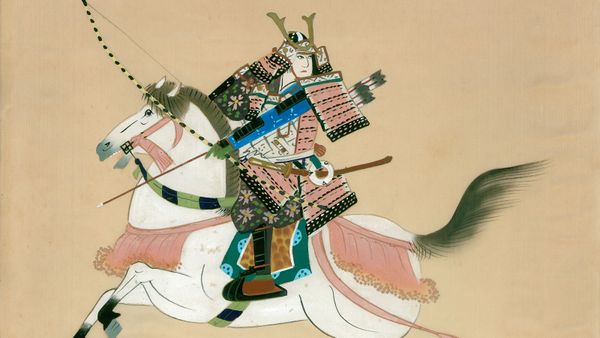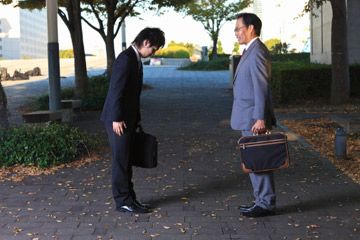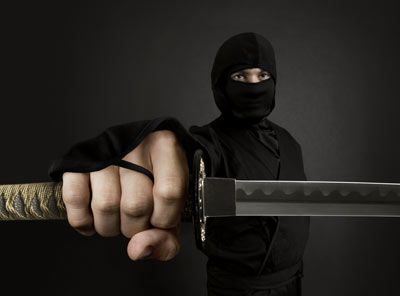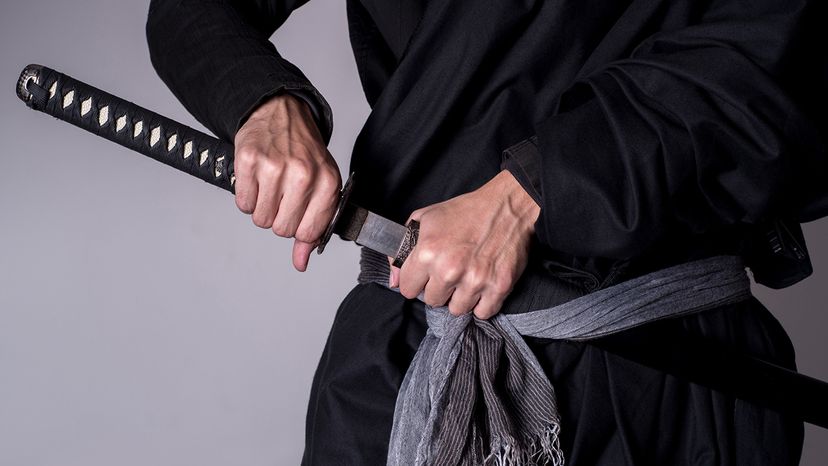
When we think of samurai, what is the symbol that comes to mind? For many conjuring thoughts of the warriors of premodern Japan, it's the samurai sword called a katana, a curved weapon with a single edge that can slice with unforgiving precision.
Appreciation for the katana has become legendary. It cuts across cultures and genres, and slices into the hearts of history buffs, Japanophiles, comic book fans and more. But what's so special about the sword itself? In the Stuff to Blow Your Mind podcast episode "Sword of the Samurai," hosts Robert Lamb and Christian Sager discuss the katana's importance in the Japanese culture, the science of this skillful blade and the grisly ways katanas were tested for sharpness.
Advertisement
The katana first appeared around the year 1400 C.E., and featured a curved blade devised from skillful engineering. It can take more than a dozen people to make a katana over the course of several months, with the intent that it becomes a lifelong companion for one person to wield and, eventually, be buried with. Although the katana can be viewed as nothing more than a simple tool, the culture surrounding it places a high and often mystical value on the sword. Some believe the soul of the katana's owner is bound in the sword.

Traditional katana swords are made from a metal called tamahagane, also known as "jewel steel." To create tamahagane, swordsmiths fold and hammer layers of iron ore for three days and three nights at temperatures of up to 2,500 degrees F (1371 degrees C). The ore never reaches a molten state, but is melded and refined until the percentage of carbon reaches between 0.5 and 1.5 percent. This results in a low-carbon core that's soft but unbreakable. The core is covered by high-carbon harder metals, creating the katana's natural and distinctive curve. In the end, tamahagane steel can cost up to 50 times more than ordinary steel, making high-quality katanas worth hundreds of thousands of dollars.
So how did swordmakers test the efficacy of a samurai sword? Tameshigiri, which means "test cut," is the ancient art form of testing a katana on targets. And it wasn't good news for convicted criminals or street dogs, both of which were sometimes used for practice. They would be beheaded, then used for making practice cuts, particularly to the midsection, with the swords.
Today, imitation katanas can be found everywhere from comic book conventions to oddity and pawn shops. However, these swords won't produce the same effects as an authentic katana, which could reportedly disembowel an enemy with ease.
The spirit of the samurai casts a long shadow over the culture and history of Japan. Throughout the nation's history, the personal characteristics and attitudes of a samurai differed from that of an ordinary soldier. The samurai operated with a strict and noble code of ethics, and wielded weapons that are believed to be as honorable and trustworthy as they were. An entire culture called kendo bases its worldview around these weapons, extending an outlook and philosophy beyond combat and into general life — and the katana is seen as a perfect extension of its owner.
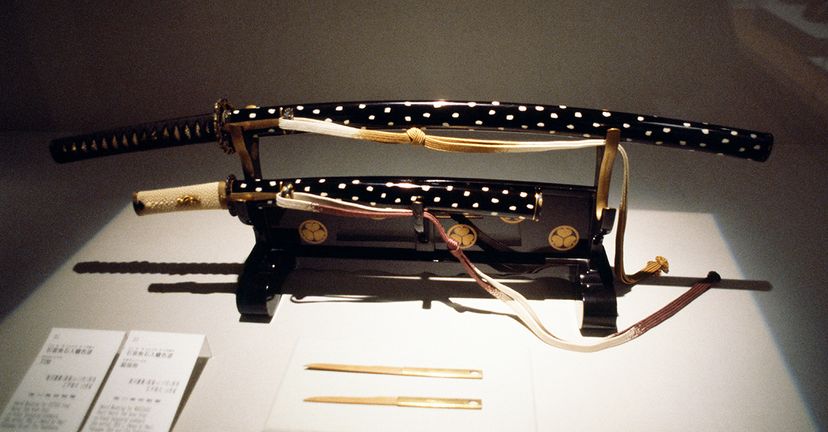
Advertisement
